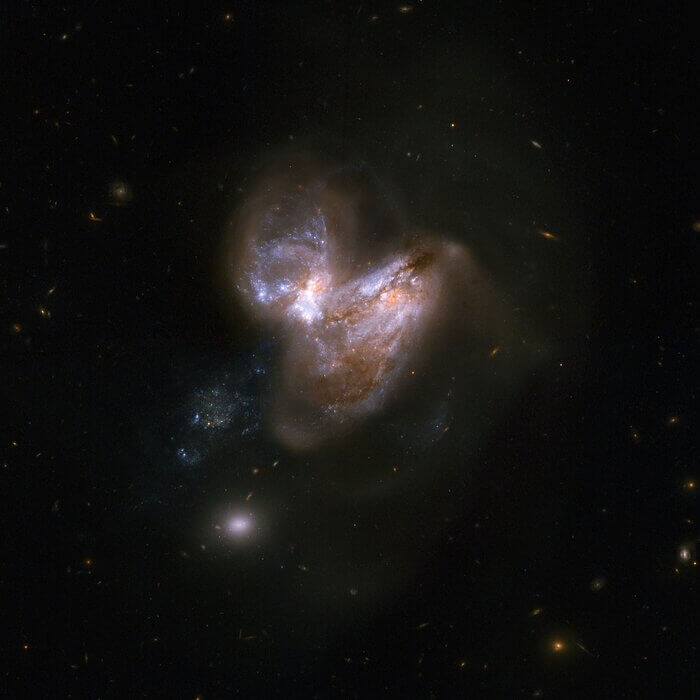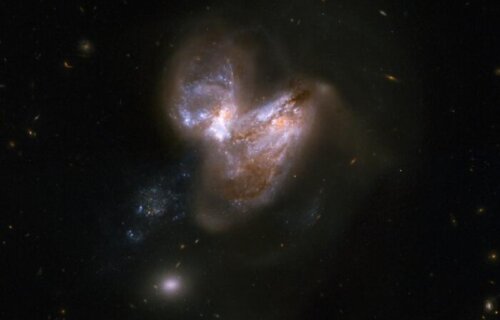AUSTIN, Texas — One of the largest ever-identified black holes situated on the edge of the universe is stoking the curiosity of astronomers. This cosmic behemoth, with over a billion solar masses of interstellar dust, is creating stars at a pace 1,000 times faster than our Milky Way. Located at the heart of an extreme galaxy, this black hole dates back more than 13 billion years, or just 750 million years after the Big Bang. It could potentially shed light on one of the greatest enigmas in astronomy: the evolution of supermassive black holes.
“These results suggest that very early supermassive black holes were often heavily obscured by dust, perhaps as a consequence of the intense star formation activity in their host galaxies,” says Dr. Ryan Endsley, the lead author from The University of Texas at Austin, in a media release. “This is something others have been predicting for a few years now, and it’s really nice to see the first direct observational evidence supporting this scenario.”
Scientists believe that these supermassive black holes, millions or even billions of times the size of the Sun, are located at the center of all large galaxies, including our own Milky Way. Several of these have been discovered in the early universe; their light takes so long to reach us that we see them as they were billions of years ago.
The U.S. research team uncovered this finding using data gathered by ALMA (Atacama Large Millimeter Array), a radio observatory located in the Chilean Andes.
The galaxy, referred to as COS-87259, radiates brightly due to the intense star formation taking place. The primordial black hole is shrouded in cosmic “dust,” causing nearly all its light to be emitted in the mid-infrared range of the electromagnetic spectrum. Its active galactic nucleus generates a potent jet of material moving close to light speed.

What’s particularly remarkable about this new black hole is that it was identified in a relatively small patch of the sky. This suggests that there could be thousands of similar black holes in the early universe, a finding that was completely unanticipated based on previous data.
The only other class of supermassive black holes known to exist in the early universe are quasars, which are active black holes relatively unobscured by cosmic dust. They are extremely rare at distances similar to COS-87259, with only a few located across the entire sky. Quasars are extraordinarily bright objects in space, powered by black holes and emitting vast amounts of light and energy.
“While nobody expected to find this kind of object in the very early universe, its discovery takes a step towards building a much better understanding of how billion solar mass black holes were able to form so early on in the lifetime of the universe, as well how the most massive galaxies first evolved,” adds Dr. Endsley.
The study is published in the journal Monthly Notices of the Royal Astronomical Society.
South West News Service writer Mark Waghorn contributed to this report.
You might also be interested in:
- Some black holes chew up stars like ‘messy toddlers,’ astronomers reveal
- 3 galaxies from the early universe are sitting on our cosmic doorstep, astronomers reveal
- Bending light helps reveal one of the biggest black holes ever recorded

